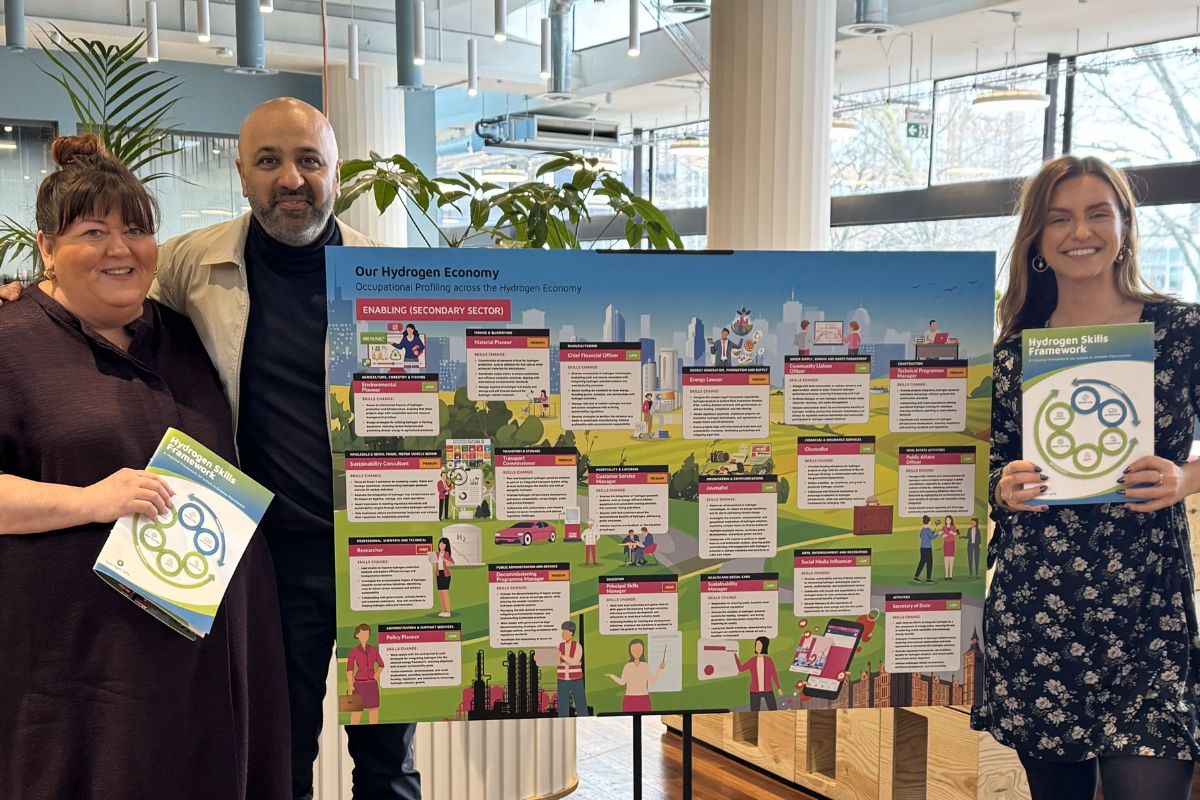Half of UK Workers Believe Employers are Trying to be More Diverse

The drive for businesses to make positive changes around inclusion and diversity in the workplace is now more important than it ever was before. To encourage businesses to take stand against discrimination and drive forward a progressive future, Global Workplace Providers Instant Offices have gathered and analysed data into what diversity and inclusion looks like around the world.
A study by Kantar shows employees who are part of an ethnic minority often face daily struggles, with 13% feeling excluded at work and 11% saying they are treated differently in the workplace due to their ethnicity.
According to the ONS figures, these are the top three ethnic groups employed in each occupation in the UK:
|
Occupation Levels |
Most Employed Ethnic Groups |
|
Manager, Director and Senior |
32% White |
|
11% Indian |
|
|
10% Asian |
|
|
The Professional Sector |
61% White |
|
33% Indian |
|
|
29% Asian |
|
|
Elementary |
16% Black |
|
15% White |
|
|
15% Pakistani and Bangladeshi |
Delving into which countries had the most inclusive workplaces based on The Kantar Inclusion Index, the top ten countries that ranked the most inclusive included:
|
1. Canada |
6. Netherlands |
|
2. USA |
7. Brazil |
|
3. Germany |
8. UK |
|
4.Italy |
9. France |
|
5. Spain |
10. Poland |
This first-of-its-kind index was based on the feedback of 18,000 employees across 14 countries and 24 different industries.
Results show 65% of Canadian employees believe that their employers are actively trying to be more diverse and inclusive, and 63% of Americans feel the same. Meanwhile, the UK (56%) is lagging a number of its European counterparts which tend to have more progressive leave policies and a flexible approach to work overall.
The World’s Most and Least Diverse Industries
|
Most |
Least |
|
Health and Pharmaceutical |
Public Sector |
|
Education |
Travel, Transport and Logistics |
|
Professional Services |
Construction and Property |
The Health and Pharmaceutical industry have been shown to have the most balanced gender representation at a senior level with 60%. The tech industry lags far behind at 35%, with an Inclusion Index hovering at just over half that of Health and Pharma.
Lucinda Pullinger, Global Head of HR for The Instant Group, says,
“it’s important to remember that a diverse workforce and an inclusive culture are different. If you have diversity, you don’t necessarily have inclusion. There is the argument that inclusion should be a key focus before diversity, otherwise you run the risk of creating a diverse organisation in which the diversity isn’t valued or harnessed due to a lack of inclusion.
“For things to improve, the focus on diversity in organisations needs to be ongoing and measured. It’s also really important for companies to be transparent about their commitment to diversity to attract and retain the right talent. Examining company policies around equal pay, competitive maternity leave and flexible hours is a good place to start.”
Benefits of Diversity and Inclusion
Companies that know how to promote equality and diversity at work have a significant competitive advantage:
- Higher levels of employee engagement
- Higher levels of innovation and creativity
- Better decision-making and problem-solving
- Increased profits
- Lower staff turnover
- Better company reputation
Diverse workplaces enjoy a wider variety of skills, experiences and perspectives, which all contribute to a more successful way of doing business. It also enables companies to relate to their wider customer base easier, which is especially important in B2C environments.
As more reports and surveys continue to shed light on where diversity is lacking, employers are encouraged to embrace the push for a fully diverse workforce and help the business world become a more progressive place.











Responses